Get Free Solar Panel Quotes
Find out how much solar panels would cost you
Do you need solar panels for your home or business?
Fill in our form - Get a free quote - Start saving on energy bills
Why get solar panels?
- Generate free, green electricity
- Reduce your electricity bill by up to 64%
- Get paid for what you don't use
As featured in:



News
The latest news, analysis, guides and opinion.

Low-income households at risk of being shut out of EV market
Households earning £40,000 a year risk being left behind in the UK’s transition to electric vehicles (EV), according to Autotrader’s No Driver Left Behind 2026 report, posing a threat to the UK’s net zero goals.
-
 Aira aims to cut energy bills by 90% with new Home Energy System Aira launches Home Energy System in the UK, aiming to cut household energy bills by 90% as part of a new era for the clean energy transition.
Aira aims to cut energy bills by 90% with new Home Energy System Aira launches Home Energy System in the UK, aiming to cut household energy bills by 90% as part of a new era for the clean energy transition. -
 Everything you need to know about the Warm Homes Plan The Government's new Warm Homes Plan will increase funding for schemes like the Boiler Upgrade Scheme and help 300,000 homes in the UK.
Everything you need to know about the Warm Homes Plan The Government's new Warm Homes Plan will increase funding for schemes like the Boiler Upgrade Scheme and help 300,000 homes in the UK. -
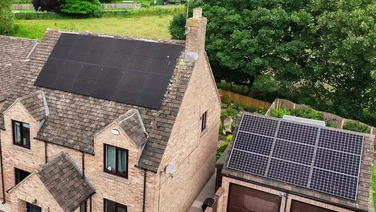 Govt to spend £15bn on Warm Homes Plan The government has confirmed reports that the much-anticipated Warm Homes Plan will be increased by £1.5bn.
Govt to spend £15bn on Warm Homes Plan The government has confirmed reports that the much-anticipated Warm Homes Plan will be increased by £1.5bn. -
 Octopus Energy rolls out Zero Bills to Scotland UK's largest energy company expands £0 energy bill initaitive.
Octopus Energy rolls out Zero Bills to Scotland UK's largest energy company expands £0 energy bill initaitive. -
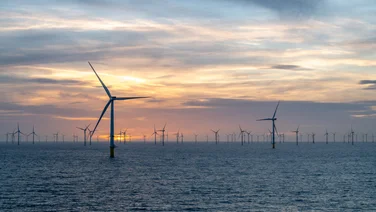 Britain to enjoy lower bills after record-breaking AR7 auction Offshore wind will lead to lower bills and more investment in the UK.
Britain to enjoy lower bills after record-breaking AR7 auction Offshore wind will lead to lower bills and more investment in the UK. -
 ‘Solar curtains’ and foldable PVs unveiled at CES BiLight, a global PV manufacturer, unveiled a rollable ‘solar curtain’, that it says can supply electricity directly to home and office devices.
‘Solar curtains’ and foldable PVs unveiled at CES BiLight, a global PV manufacturer, unveiled a rollable ‘solar curtain’, that it says can supply electricity directly to home and office devices. -
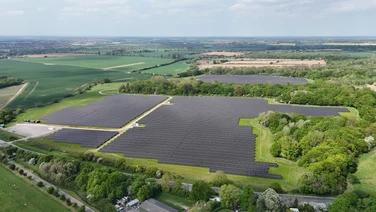 Record number of clean energy projects given green light More than 45GW was added to the UK's clean energy generation last year.
Record number of clean energy projects given green light More than 45GW was added to the UK's clean energy generation last year. -
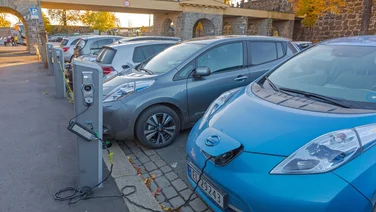 UK misses EV target despite jump in sales The UK is still behind its electric vehicle (EV) sales target, despite the fact that 2 million new ones were registered last year, according to data from the Society of Motor Manufacturers (SMMT)
UK misses EV target despite jump in sales The UK is still behind its electric vehicle (EV) sales target, despite the fact that 2 million new ones were registered last year, according to data from the Society of Motor Manufacturers (SMMT) -
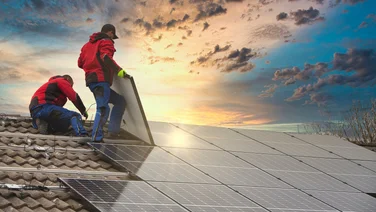 Solar helps Britain smash renewable energy record Britain has solar to thank for its record-breaking renewable energy year. However, fossil fuels are still increasing.
Solar helps Britain smash renewable energy record Britain has solar to thank for its record-breaking renewable energy year. However, fossil fuels are still increasing.

